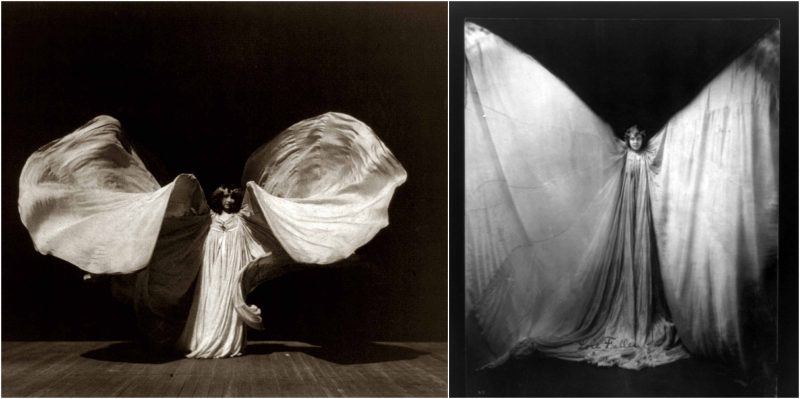Loie Fuller was one of the most innovative artists of the 20th century. She established a brand new genre of performance by combining modern dance techniques with dramatic lights effects. Fuller performed in stunning, billowing costumes, uncommon for the stage at the time. Her dancing style was beyond the ballet techniques which made her unique and ahead of her time.
Marie Louise Fuller was born in the Chicago suburb of Fullersburg in 1862. While still a child, she became a professional actress and later, during her youth, she performed and choreographed dances in burlesque, vaudeville, and circus shows. As Fuller danced during her young age, she improvised with the moves and invented new dancing techniques. She did her own choreography and experimented with her costume designs which she made out of colorful silk.
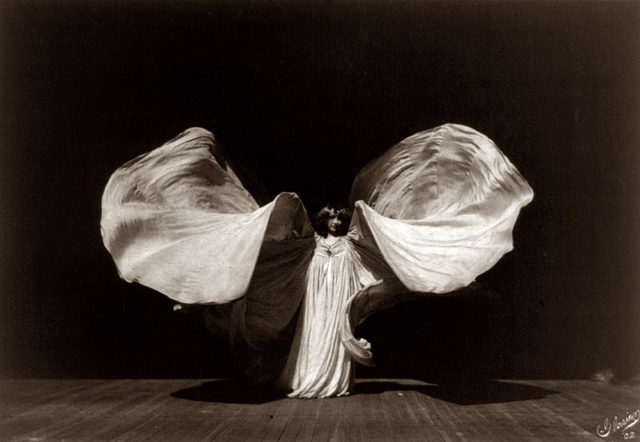
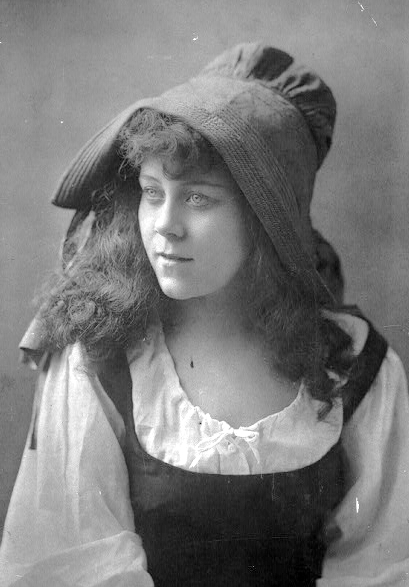
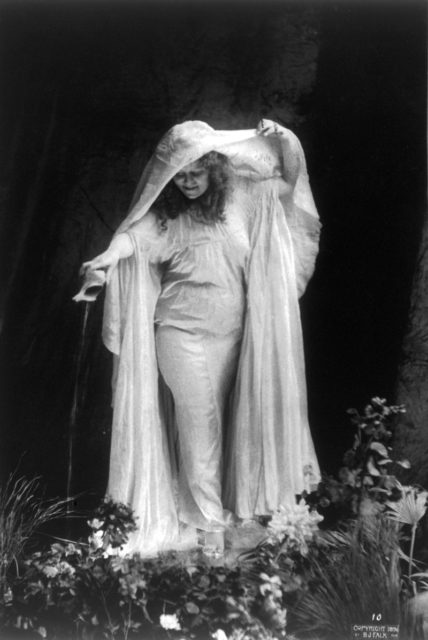
With her silk drapery, Fuller created her first “Serpentine Dance” that became a particular genre and was widely imitated. She was considered a wizardess for her technological and stagecraft innovations. She was capable of transforming the stage with her ideas about costumes, moves, and the lightning during her performances. With her famous “Fire Dance,” Fuller lighted the stage from below to create an illusion of being ringed by flames.
Feeling that her work as a dancer wasn’t taken seriously by the American public, Fuller traveled to Paris where she remained during the peak of her career. Paris was the place-to-be for all innovative minds and artistic souls, so Fuller was warmly welcomed and had regular performances at the Folies Bergère where she became the symbol of the Art Nouveau movement.
She was also well received in the social circles of many French artists and scientists such as Marie Curie, Henri de Toulouse-Lautrec, Stéphane Mallarmé, Auguste Rodin, Franz von Stuck, Maurice Denis, Henri-Pierre Roché, Demetre Chiparus, and many others. Also, Fuller became a member of the French Astronomical Society.
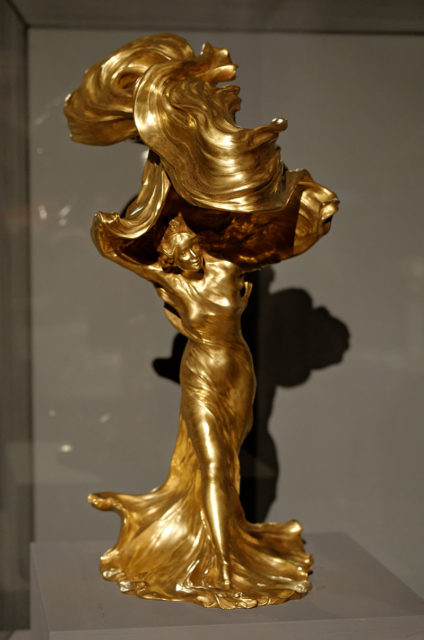
François-Raoul Larche Photo credit
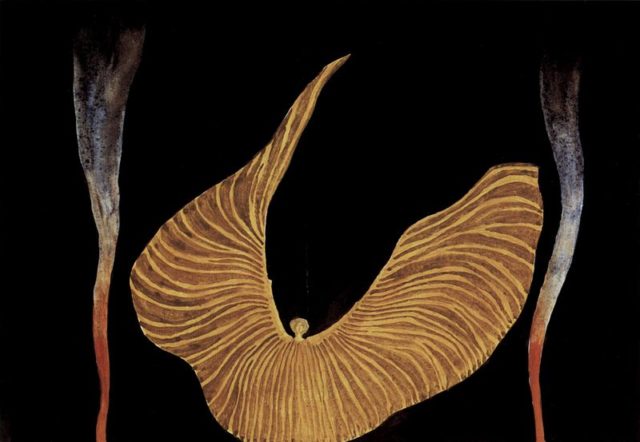
This fearless and innovative dancer patented many of her experiments, most of them related to stage lighting and her costume and make-up such as chemical compounds for creating a color gel and the use of chemical salts for bright lighting and garments.
She was also very supportive of prospective artists on the stage. Fuller was the one who helped Isadora Duncan by sponsoring two of her independent concerts and later inviting her on tour around Europe and the States.
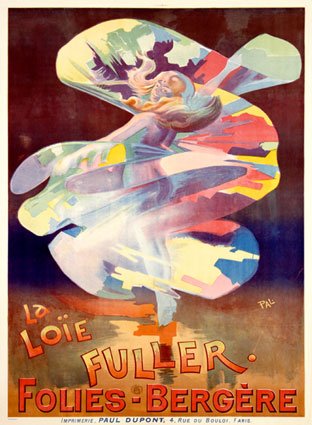
Fuller had a very close friendship with Queen Marie of Romania. During the WWI, Fuller played a role of mediator for arranging loans for Romania from the United States. Later, she even helped Marie’s daughter Carol (the future Carol II of Romania) while she escaped from her family to live with her lover Magda Lupescu in Paris. Although unsuccessfully, Fuller later acted by the wishes of her friend Marie to separate the couple.
Her friends, Marie and the American businessman Samuel Hill, helped Fuller in establishing the Maryhill Museum of Art which has permanent exhibits about her career. Her life isn’t the usual sad story of a great artist with a tragic life turning to alcohol at the decline of the career. She had a fulfilled and successful life as a performer. She remained in the same social circles as always, spending most of her life in Paris, returning to the States only for stage performances.
She had her own students who followed her style and were known as the “Fullerets” or Muses. Fuller died of pneumonia on the 1st of January, 1928, at the age of 65. She was cremated, and her ashes are interred in the columbarium at Père Lachaise Cemetery in Paris.
